#gargantua
Explore tagged Tumblr posts
Text

My Capybara Gargantua Collection!
Been fun exploring the possibilities of living alongside huge benevolent capys!
#my art#joyousjoyfuljoyness#cute art#artists on tumblr#capybara art#capyposting#capybaby#capybaras#capybara#capydoodle#cute animals#cozycore#cozy aesthetic#cozy vibes#cozy#hygge#creatures#creature#gargantua
70 notes
·
View notes
Text

288 notes
·
View notes
Text

Gargantua and Pantagruel by Gustave Doré
#gargantua and pantagruel#art#gustave doré#françois rabelais#giant#giants#fantasy#france#french#renaissance#medieval#middle ages#knight#knights#armour#battle#europe#european#gargantua#pantagruel
373 notes
·
View notes
Text
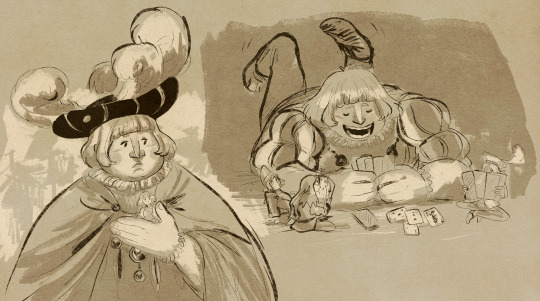
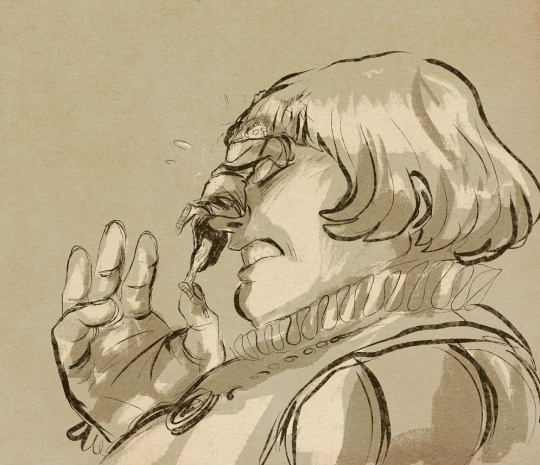
Gargantua draws.
#arts#gargantua#also featuring eudemon as well as friar john clinging to his face for whatever reason idk#giants#giant#giant/tiny#francois rabelais#rabelais
179 notes
·
View notes
Text
gargantua 🔭

#interstellar#interstellar 2014#endurance#gargantua#black hole#outer space#artists on tumblr#can you tell i still dont know how to tag properly
14 notes
·
View notes
Text

Clip from Gaira's rap video.
"...and the chicken taste like wood!"
16 notes
·
View notes
Text
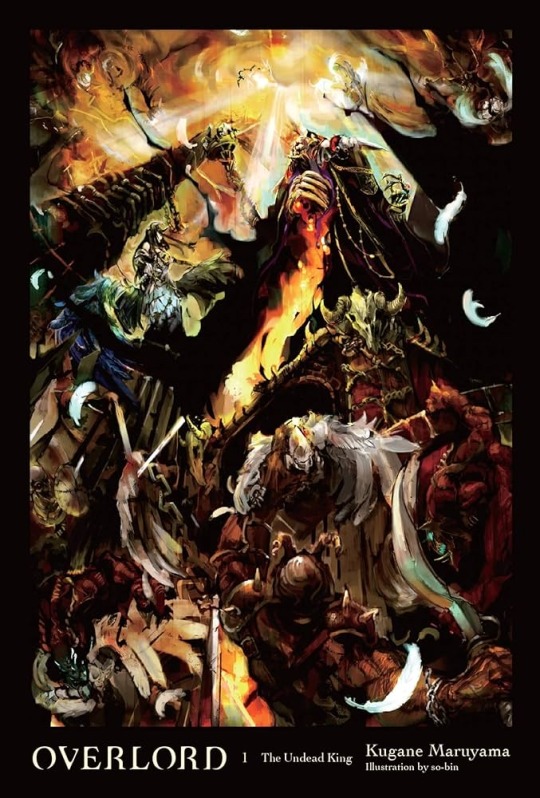

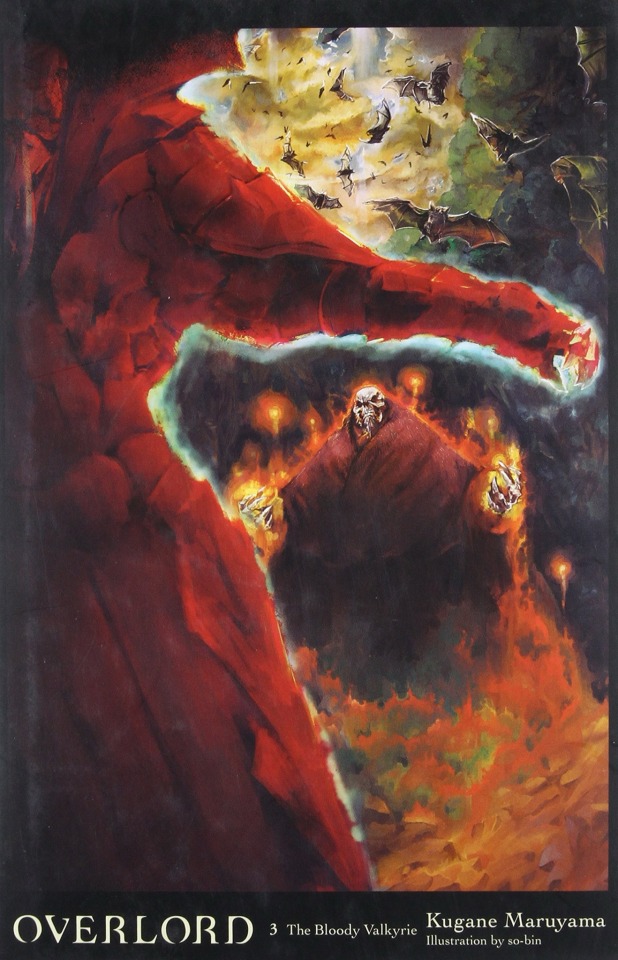
OVERLORD Light Novels
OVERLORD 1 The Undead King
OVERLORD 2 The Dark Warrior
OVERLORD 3 The Bloody Valkyrie
#overlord#overlord light novels#ainz ooal gown#albedo#demiurge#cocytus#shalltear bloodfallen#mare bello fiore#aura bella fiora#narberal gamma#pandora’s actor#yuri alpha#gargantua#nigredo#CZ2128 Delta#tabula smaragdina#books#kugane maruyama
29 notes
·
View notes
Text
The Ogres

I was inspired by the song Les Ogres by the french artist Solann, so now I have one song in a loop in my head and a very red illustration 🧍...
#music art inspired#art#music#solann#les ogres#ogers#inspiration#red#red drawing#french music#digital#digital drawing#illustration#Original drawing#og#original art#oc#oger#mythical#mythical creatures#creatures#pantagruel#gargantua
13 notes
·
View notes
Text

(Source: Nightbringer.org)
Merlin... I have several questions...
(BTW, here's a LINK to the story this weird detail originates from. The page is in French, so you may have to use auto-translate)
#merlin#gargantua#gargamelle#grandgousier#les grandes et ineſtimables Cronicques du grant & enorme geant Gargantua#arthuriana#arthurian legends#arthurian mythology#sir lancelot#queen guinevere#arthurian giants
7 notes
·
View notes
Text

Fort La Latte and Gargantua menhir in the Brittany region of France
French vintage postcard, mailed to Paris
#postkarte#menhir#postal#gargantua menhir#ansichtskarte#fort la latte#french#tarjeta#mailed#ephemera#postcard#photography#paris#carte postale#fort#vintage#briefkaart#france#sepia#latte#photo#gargantua#brittany#postkaart#region#historic
8 notes
·
View notes
Text
Fantasy sights: William Heath Robinson
William Heath Robinson was an English cartoonist and illustrator of the early 20th century.
He did various Shakespearian illustrations - he most notably illustrated Twelfth Night, in such a way to convey its dark, eerie, ghostly and oniric tones beyond the comedy aspects...
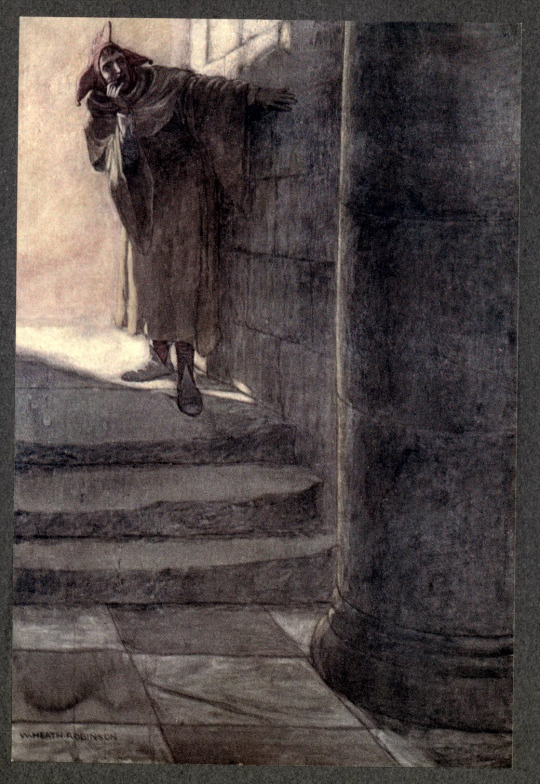

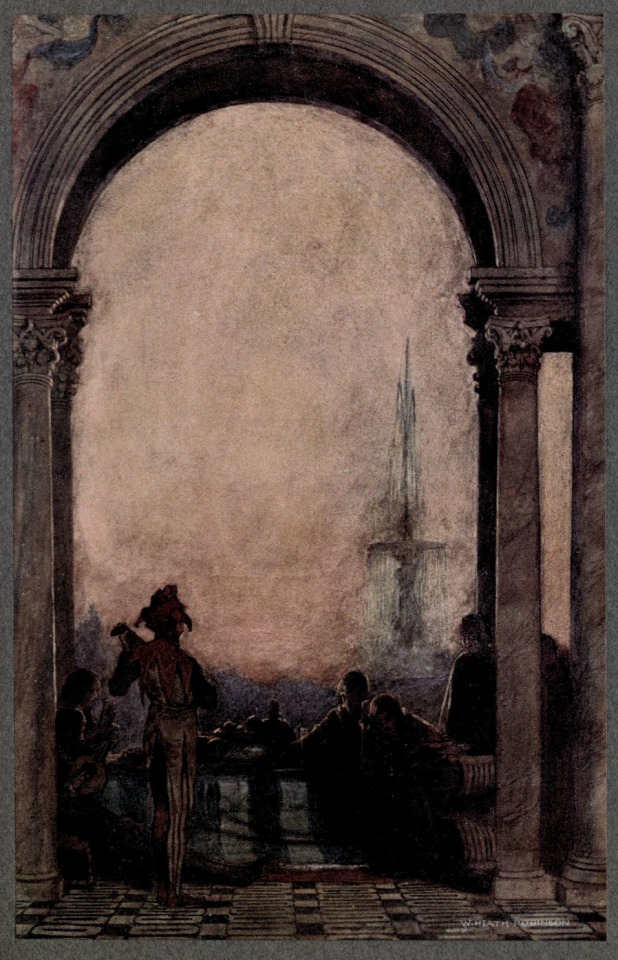
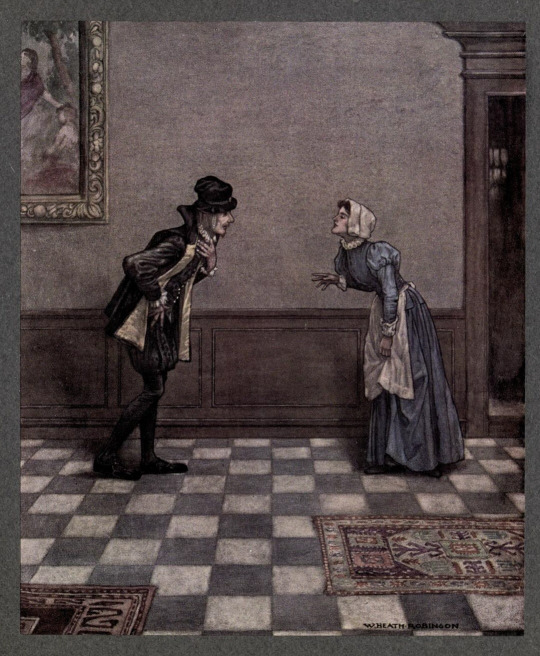

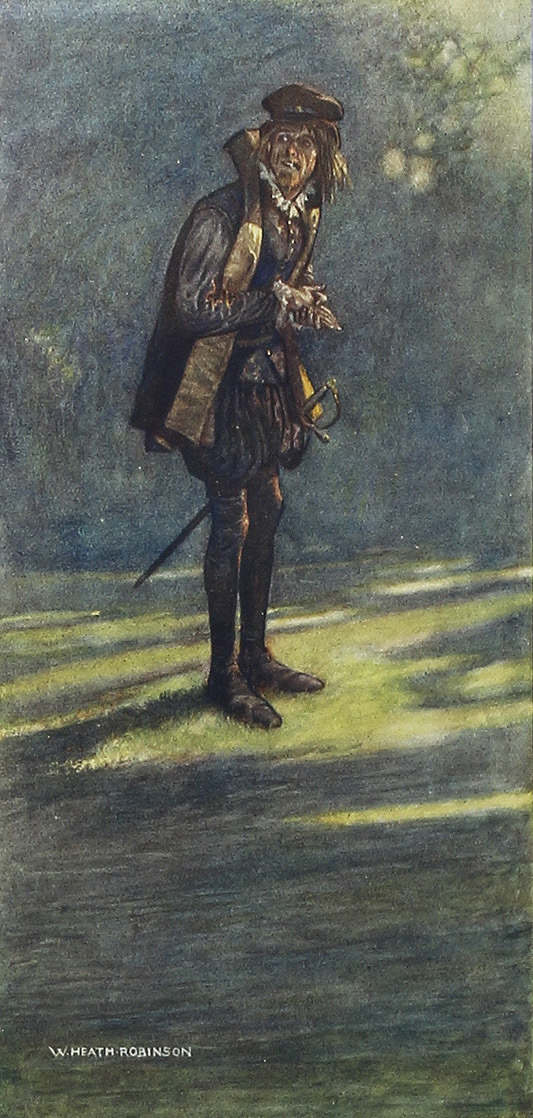
And he also did some very famous illustrations for A Midsummer Night's Dream


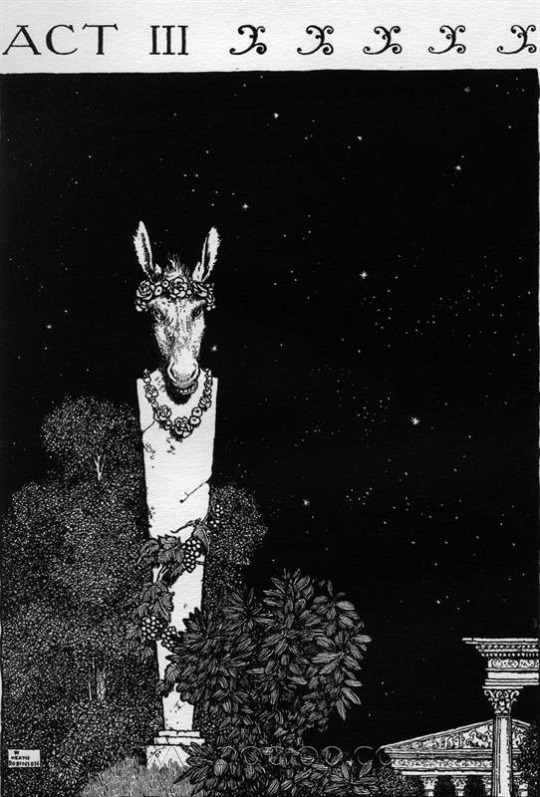

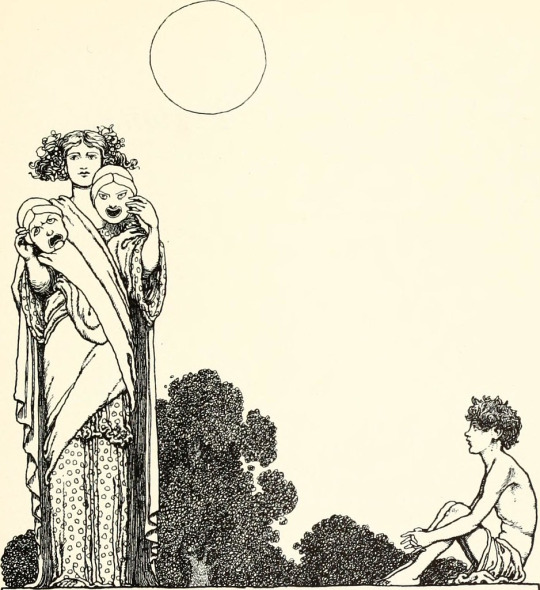
Robinson also did an illustrated version of "The Pantagruel and the Gargantua", sometimes grouped together as William Heath Robinson's The Rabelais.


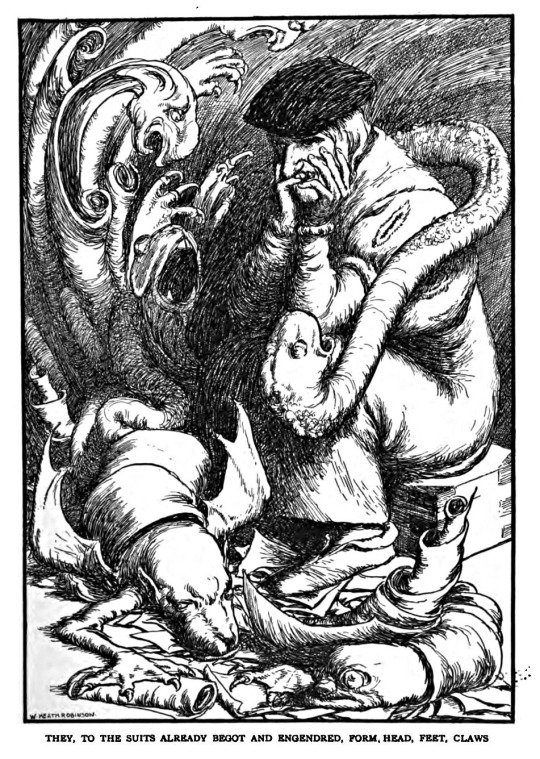
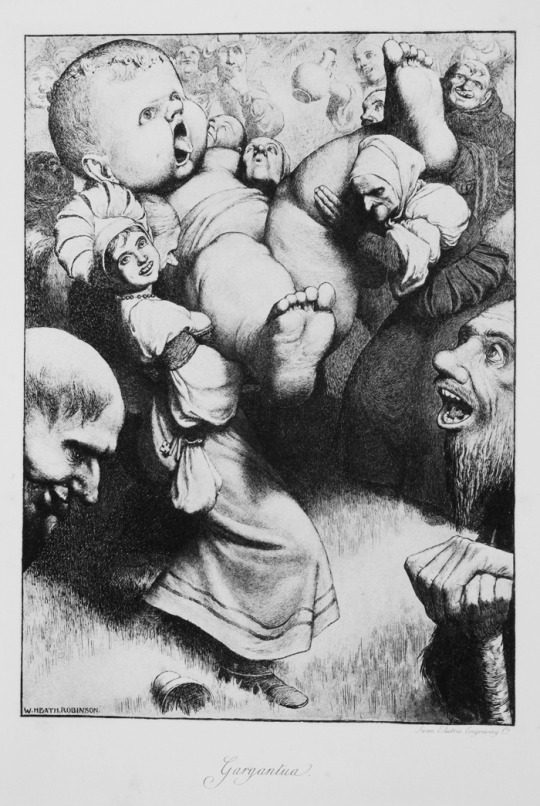



William Heath Robinson was also very as a fairytale illustrator - but since there's a lot more, I'll place them under a cut.
He illustrated Andersen's fairy tales...
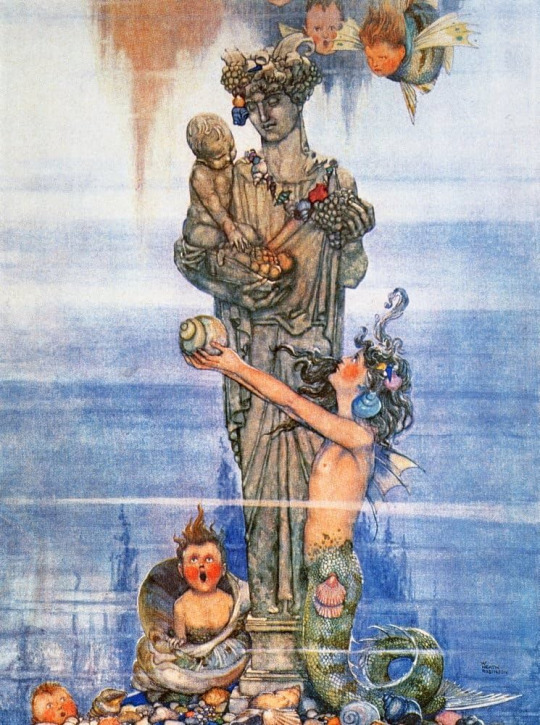
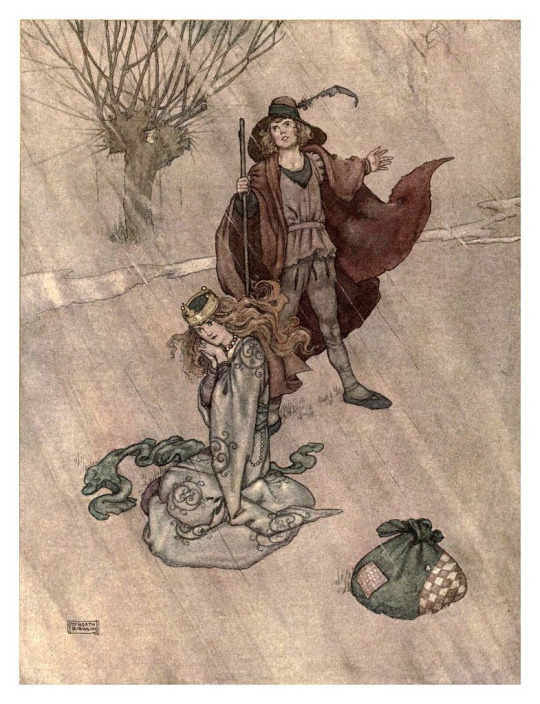
He created an illustrated version of "The Arabian Nights"...


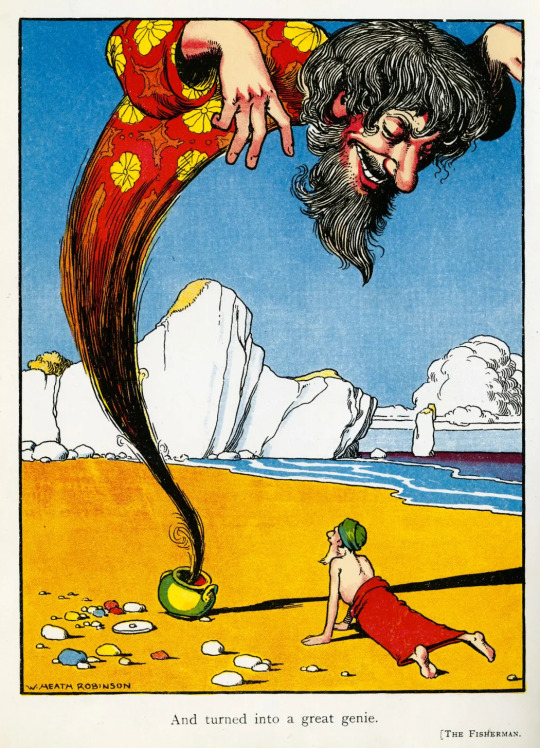
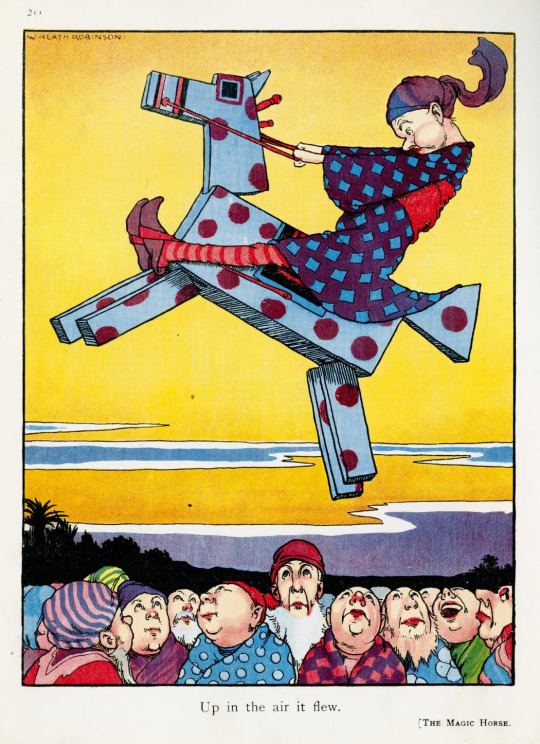

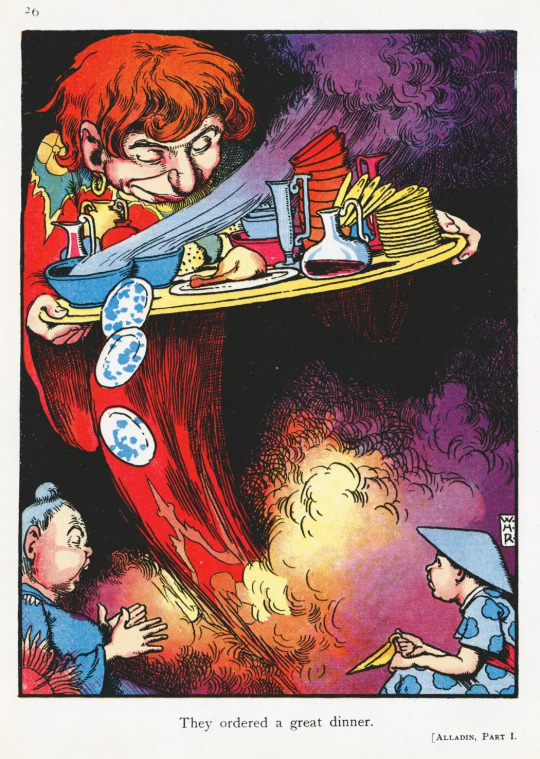
And he also illustrated various children-oriented productions, such as Walter de la Mare's "Peacock Pie" or Charles Kingsley's "The Water-Babies".




#william heath robinson#fantasy sights#fairytale illustrations#fairytale art#shakespearian illustrations#shakespeare art#a midsummer night's dream#twelfth night#the arabian nights#rabelais#gargantua#pantagruel
135 notes
·
View notes
Text

In one of the weirder Pokemon references, the French names of Basculin and Basculegion are Bargantua and Paragruel, respectively, in reference to Rabelais' giants Gargantua and Pantagruel.
#today in deep literary pokemon allusions#pokemon#rabelais#gargantua#pantagruel#16th century humanists? in MY monster collecting video game?#it’s more likely than you think
80 notes
·
View notes
Text

The Gargantua Twins! Sanda and Gaira the spawn of Frankenstein , i really like these two and the movie was also really good!
#kaiju#artists on tumblr#fanart#godzilla#giant monsters#monsterverse#monster#sanda#gaira#gargantua#war of the gargantuas
24 notes
·
View notes
Text

"But the girl gets stuck in my throat..."
Honestly, Gaira singing that song couldn't make it any worse.
16 notes
·
View notes
Text




62 notes
·
View notes
Text
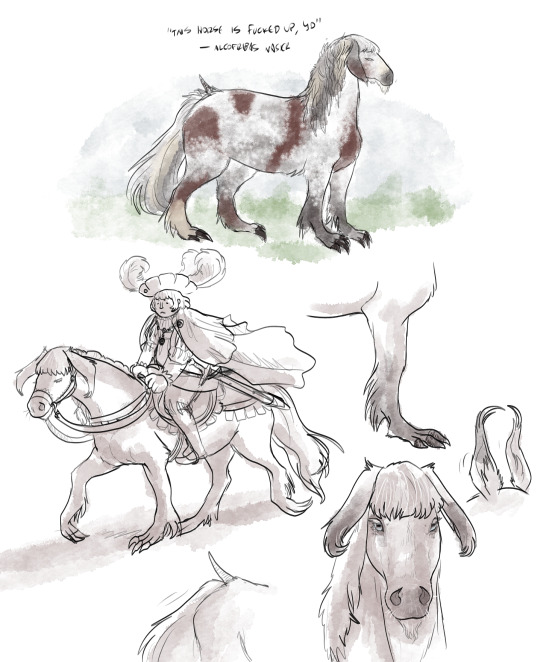
more explorations of the great mare.
53 notes
·
View notes